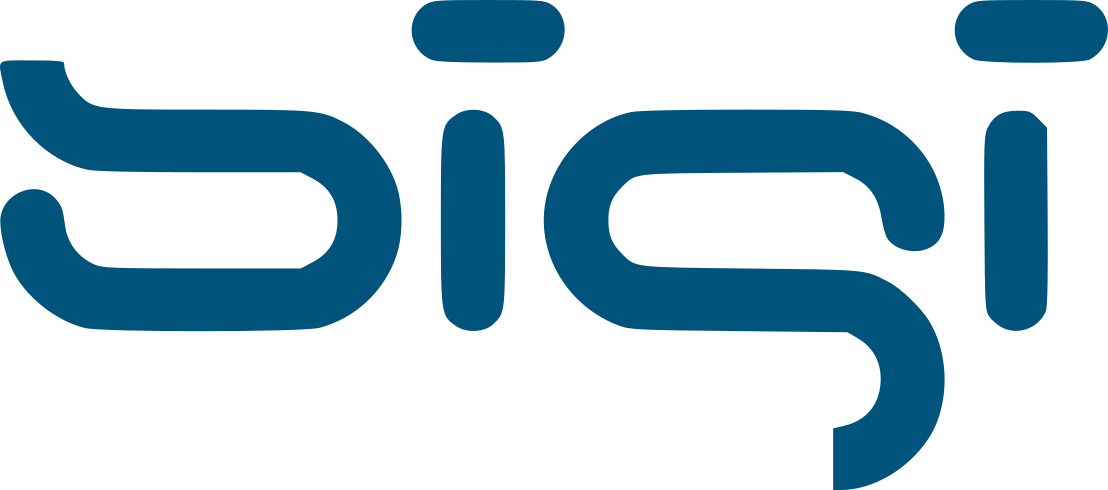When you hear the words startup and digital innovation, it is very likely that the public sector might not be the first thing that comes to your mind.
Public services are all too often associated with a short-sighted approach, sluggish digital evolution, endless red-tape, and resistance to all manner of change. In contrast, the private sector and startup companies in particular, are regarded as the risk-ready entrepreneurs behind most innovation.
But is this distinction really true and, more importantly, what makes it so difficult to drive innovation in the public sector?
Certainly, there’s a need for more of an entrepreneurial spirit and innovation mindset in the public sector. However, the traditional startup mantra of “fail and learn” is easier said than done when dealing with rigid bureaucratic processes, multiple vital priority projects, and dependency on taxpayers’ money as investment capital.
Fact is that the public sector is facing increasing challenges with the digitalization of working processes within its administrations and communities, as well as with the creation of digitized services for its citizens. However, the stakeholders in the public sector very often struggle to abandon existing behavioral patterns when it comes to digital innovation in order to stay afloat in a fast-moving world.
What makes it so difficult?
First of all, the machinery inherent to a public sector / administration appears to be incompatible with a lean startup model, in particular due to the vast service obligation inherent to most public actors.
Moreover, the need for innovation is usually driven by the initial assumption that processes are less than optimal, or in other words that a better work methodology exists. Experimentation and testing are fundamental elements of successful innovation.
In my experience working with public administrations, a risk-taking mentality is not intrinsic to the sector’s thought patterns and processes. However, embracing an environment that enables you to stimulate and reward boldness, ambition and agility is a basic requirement for fostering innovation. Compared with the business-oriented strategy of a startup, the rather policy-driven governmental strategy often relies on a more long-term political agenda.
Another important prerequisite for being truly innovative is the setup of an innovative working model to attract and retain the right talent. What I observed is that entrepreneurially minded people who join the public sector, very often feel undervalued and restricted by the rigid environment. Administrations truly struggle to retain the most innovative minds due to the lack of motivational incentives and rely on predefined career paths, which can turn out to be a substantial barrier.
Another key resource for innovation is healthy financial capital. With administrations’ “investment capital” being the taxpayers’ money, they are usually bound by predefined projects, thus leaving only a small margin to truly innovate.
Finally, many public administrations are governed by political councils. It goes without saying, that the political mindset of these administrators usually has little in common with the more risk-taking management practices in innovative businesses.
However, exceptions prove the rule!
Three years ago, the political leaders of SIGI took the challenging decision to trust and support my team/me in the venture to leave the well-beaten track of IT product development, a track SIGI had been following for more than 35 years. Being in charge of the IT-related working processes of 101 municipalities, this decision is going to have a fundamental impact on the IT situation of our country.
SIGI, as a public administration, opted for a real paradigm change by reinventing how legacy IT products are developed. With SIGINOVA, we employed a low code method to create a proper business language for developing the business products of our members. You could say that scripting has become the new programming. This truly innovative approach to IT programming was accompanied by a radical change in our organizational structure: we abolished the traditional hierarchical organization and implemented a flat and lean one in its place. This new structure enabled our teams to operate more flexibly, following an agile and out-of-the-box thought methodology supported by employee empowerment – a proven concept usually implemented in startups.
We developed a production method consisting of 6 cycles to enable our employees to conduct a customer-centric product development process, beginning with the analysis of customer needs, through the production cycle to the final deployment of the product.
We had to accompany our employees closely through these fundamental changes, with the establishment of an intensive training program as well as the launch of the SIGINOVA Academy, a product training course during which our teams (and possibly other interested parties in the future) can learn and improve their scripting skill set.
At today’s incredibly high speed of innovation, public administrations simply cannot afford to lag behind in the battlefield of innovation for numerous reasons. First of all, they are faced with existing demand from their citizens: more and more of them are digital natives and thus are expecting an exceptional user-centric customer experience. Secondly, many bureaucratic processes are still preventing administrations from exploring their resources in an optimized way and not according to the logic of the much-vaunted administrative simplification. And lastly, but without this being an exhaustive list, having an innovative IT leadership is a key competitive advantage for our country in one of the fastest-moving and future-oriented sectors there is in the current economy.
